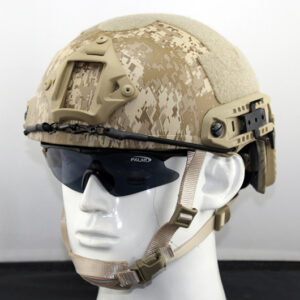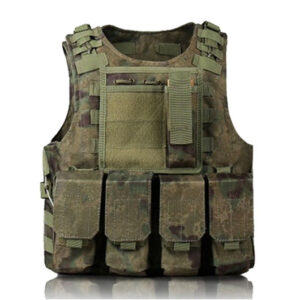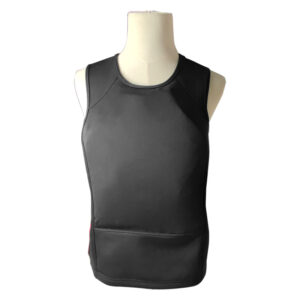Police handcuffs are essential tools used by military personnel and law enforcement officers to detain and secure individuals during arrests or potentially dangerous situations. In this comprehensive article, we will explore police handcuffs from the perspectives of both military and law enforcement professionals. By considering their insights and experiences, we aim to provide a detailed analysis of the functionality, reliability, and advantages of police handcuffs.
Section 1: Design and Durability
Manufacturers understand the importance of designing handcuffs that can withstand the rigors of daily use in challenging environments. They employ high-quality materials such as stainless steel or carbon steel to ensure durability and resistance to tampering. The design often includes double-locking mechanisms, smooth ratchets, and sturdy hinges to ensure reliable restraint.
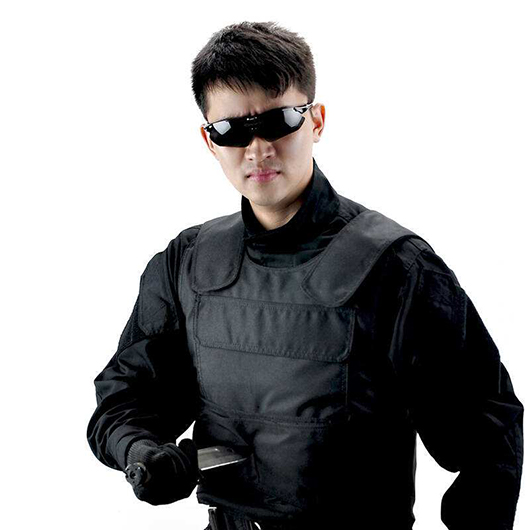
Section 2: Ease of Use and Tactical Deployment
Military personnel and law enforcement officers require handcuffs that are quick and easy to deploy in dynamic situations. Handcuffs with ergonomic designs, intuitive locking mechanisms, and large keyholes allow for efficient and swift application. Manufacturers strive to create handcuffs that can be effectively used even in high-stress scenarios, ensuring officer safety and operational effectiveness.
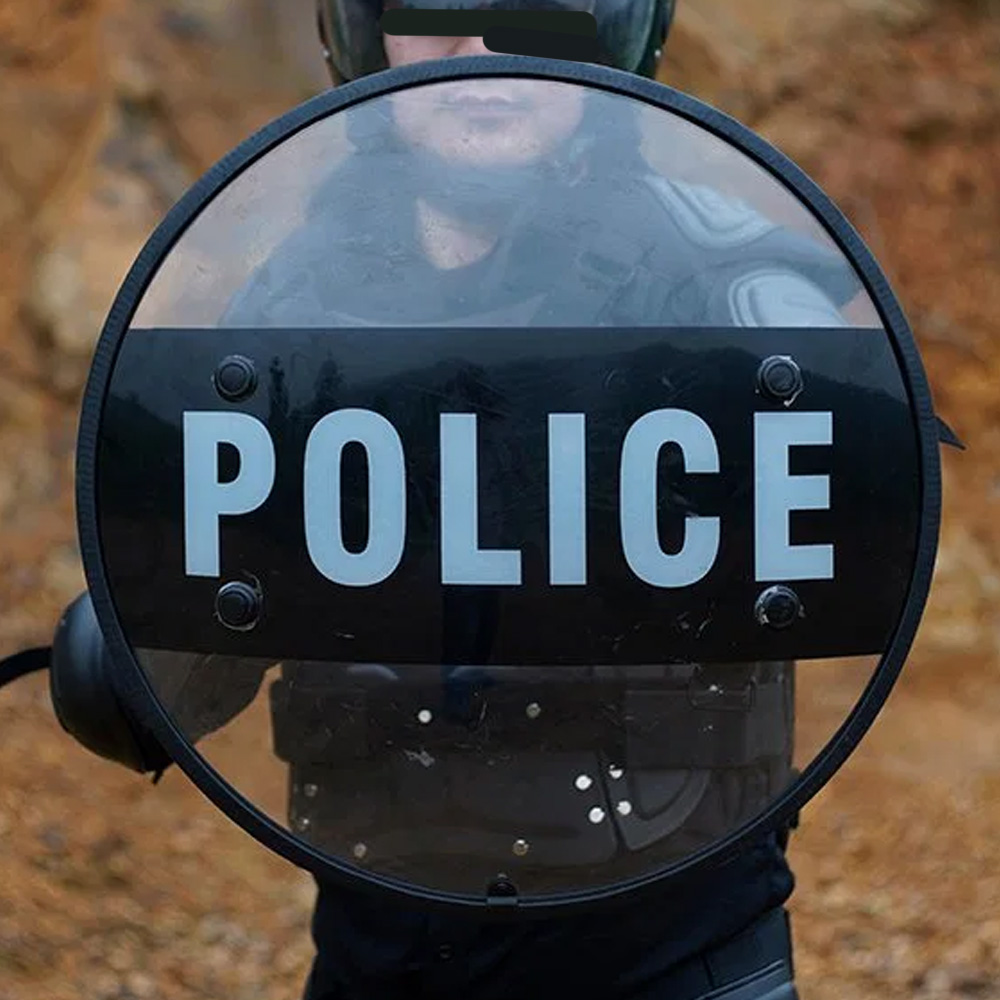
Section 3: Security and Tamper Resistance
The security and tamper resistance features of police handcuffs are of utmost importance. Military and law enforcement professionals rely on handcuffs that provide secure restraint, minimizing the risk of escape or manipulation by detainees. Manufacturers continuously enhance security measures, including anti-pick technology, precision manufacturing, and key control systems, to ensure handcuffs remain secure and tamper-resistant.
Section 4: Comfort and Safety for Detainees
While handcuffs are primarily designed for officer safety, manufacturers also consider the comfort and safety of detainees. Handcuffs with rounded edges, smooth surfaces, and proper fit help reduce discomfort and the risk of injury to individuals being restrained. This consideration contributes to maintaining human rights standards and promoting professionalism in law enforcement.
Section 5: Training and Certification
To ensure effective and responsible use of handcuffs, military personnel and law enforcement officers undergo rigorous training programs. Manufacturers often collaborate with training academies and agencies to develop handcuff training courses that emphasize proper techniques, restraint procedures, and officer safety. Certification programs validate an individual’s proficiency in handcuff usage, further emphasizing the importance of proper training.
Section 6: User Experiences and Testimonials
User experiences and testimonials provide valuable insights into the practicality and effectiveness of police handcuffs. Military personnel and law enforcement officers often praise handcuffs that are easy to use, reliable, and durable. Positive feedback typically highlights successful arrests, secure restraint, and the overall confidence provided by quality handcuffs in critical situations.
Police handcuffs are essential tools for military and law enforcement professionals, providing a secure and reliable means of restraining individuals. From the perspectives of military personnel and law enforcement officers, it is evident that well-designed and durable handcuffs enhance operational effectiveness, officer safety, and the security of detainees. Manufacturers play a crucial role in developing handcuffs that meet the stringent requirements of these professionals. Through continuous innovation and collaboration with end-users, manufacturers contribute to the reliability and effectiveness of police handcuffs in upholding public safety and ensuring the successful execution of military and law enforcement duties.
